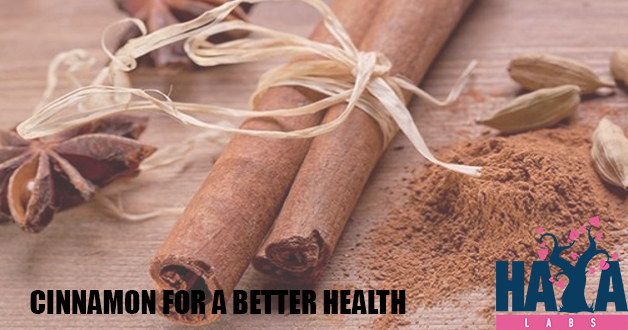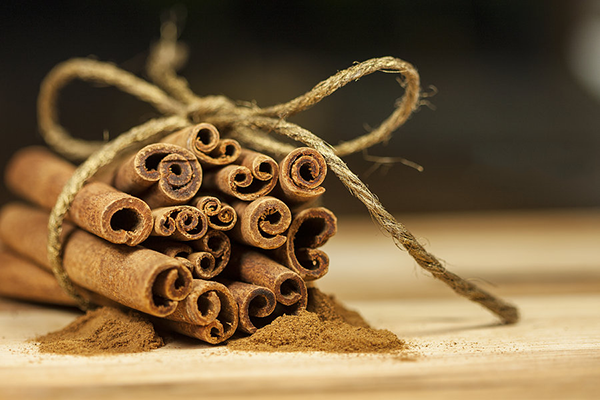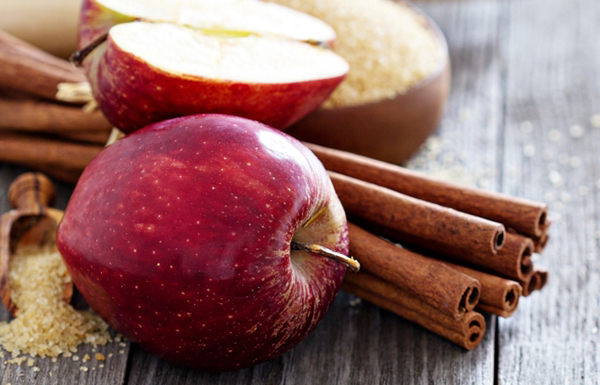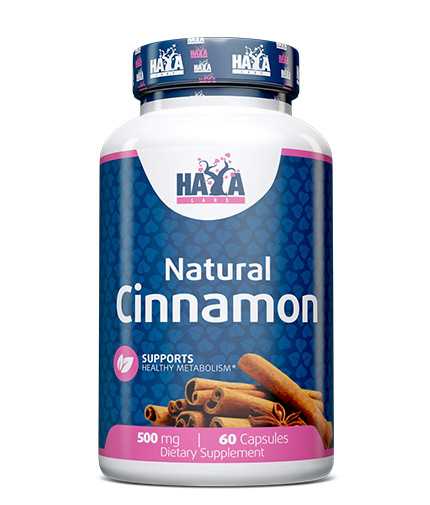
Cinnamon for a better health
0
1342
Cinnamon is one of the most popular spices used in the modern European diets. A large proportion of consumers uses it as a sweetener, although cinnamon has a special taste that would not delight anyone.
Cinnamon as a spice is obtained from the bark of the cinnamon tree, which is peeled in 2 years and then dried until it becomes fine parchment. It is rolled in rolls but is commercially sold in fine powder. The home of the tree are the wet tropical forests of Southeast Asia. Ceylon Cinnamon is scattered in Sri Lanka, India, Miami, and the Chinese is grown in China, Vietnam, and Indonesia.
In recent years, cinnamon has also been used as a tool for general health or for aiding certain health conditions.
It is mainly used in bakery, being added to desserts, sweet drinks, jams and sweet, but also in small quantities can also be used for forging lamb and poultry meat, roasted goose, apple and plum mousse, wine, roasted apples and fruit soups, to which it gives a pleasant taste. Coffee beans also get a better taste if a little cinnamon is added to it.
Long-known as a spice, more recently cinnamon is an object of researches as a medicine. Individually or in combination with other foods, it is used to treat various disease states. One of its applications is in the fight against obesity in diabetics. It is believed that this spice contains a molecule whose structure is similar to that of insulin, as well as proanthocyanidin, which enhances the sensitivity of cells to insulin. In obese people, fat cells are lazy to the action of the antidiabetic hormone.
.jpg)
How do the active ingredients work in cinnamon?
Cinnamon has a complex content of bioactive ingredients, each of which is associated with certain functions. Cinnamaldehyde is the main culprit for the pleasant aroma of the spice. Coumarin, in turn, is responsible for the cinnamon flavor, and several other components, including methylhydroxyalkane polymers (MHCPs), contribute to the systemic effect on insulin sensitivity and the regulation of carbohydrate metabolism.
Cinnamon also contains terpenoids, glycosides, flavonoids, tannins and anthraquinones.
Cinnamon can act on carbohydrate metabolism through several different mechanisms:
- Active ingredients MHCPs mimic the effect of insulin on adipocytes but with delayed action compared to pure insulin. Insulin is sufficient for 10 minutes and 50-60 minutes for methylhydroxyalcohols;
- Cinnamon directly aids the function of insulin itself by enhancing its effect almost 20 times. This effect is proven in vitro;
- Cinnamon suppresses some enzymes such as sucrase, alpha-glucosidase and pancreatic amylase. By suppressing these enzymes, glucose influx is slowed down and insulin peaks are avoided.
Two main types of cinnamon are available on the market.
Cinnamon cassia Cinnamon cassia is more popular, cheaper and more popular, and Ceylon cinnamon is more expensive and quality. There are more Indonesian cinnamon and Vietnamese cinnamon (sago) that are less popular.
Positive health effects
- Cinnamon has the potential to lower blood sugar in diabetics and healthy individuals. In diabetics, fasting blood glucose decreased by 18-29% and healthy subjects by 8%;
- Reduction of some lipid metabolism markers such as bad cholesterol (LDL), total cholesterol and triglycerides. The decrease was from 7 to 30% for all markers, but the tests were conducted only on individuals with type II diabetes. There is also an increase in good cholesterol (HDL). There is no evidence of such effect in healthy individuals;
- Improves insulin sensitivity and can serve to prevent the development of metabolic syndrome and type II diabetes;
- A powerful antioxidant effect that even surpasses certain herbs such as garlic and oregano;
- Potential anti-inflammatory effect, which may be due to the high content of flavonoids;
- Potential benefits in the treatment of neurodegenerative diseases such as Alzheimer's and Parkinson's disease. The possible mechanism has been linked to the blockage of certain proteins in the brain and the protective effect on neurons. At this stage there are animal and in-vitro studies;
- Help fight bacterial and fungal infections. Helps with respiratory infections caused by fungi and counteracts Salmonella and Listeria bacteria;
- The potential effect in treating bad breath and protecting teeth from bacteria.
.jpg)
Cinnamon can be used as a spice or food supplement, most often as a standardized aqueous extract.
The daily dose of spice is between 1 and 6 grams per day, preferably with carbohydrate meals. As an extract, 600-1200 mg per day is recommended.
Side Effects
Allergic reactions are possible, some have an increase in appetite. Pregnant women are especially careful with the use of cinnamon, in high doses, it appears as a uterine stimulant but is safe in moderate amounts.
The main problems associated with cinnamon are caused by the active ingredient coumarin, which gives the specific flavor of the seasoning. Coumarin is a hepatotoxic and carcinogenic phytochemical. As a component, coumarin does not participate in the positive action of cinnamon
In normal use of cinnamon, coumarin is administered in small amounts, but with high doses associated with the antidiabetic effect, an overdose of the toxic substance can easily be achieved.
Cinnamon and sports nutrition
.jpg)
In poorly controlled glycemic conditions, it is great for health. Adding a spoonful of cinnamon in the dessert can prevent the blood sugar level from rising after feeding. The beneficial effect of cinnamon is related to its ability to slow down gastric emptying and thus glucose diffusion into the blood as well as some lipids (total cholesterol, triglycerides, bad cholesterol - LDL). It can be used instead of sugar as it has a naturally sweet taste.
How can we combine cinnamon?
Cinnamon can be combined with other blood glucose lowering supplements or improving insulin sensitivity. Combinations with chromium picolinate, alpha lipoic acid, L-carnitine, indigenous lobster, berberine, and others are suitable.
In order to counteract bacteria and fungi, cinnamon can be combined with black walnut, oregano oil, and Pau D'arco.

For a stronger antioxidant effect, combinations with garlic, green tea and resveratrol are appropriate.
Where can we find cinnamon?
Cinnamon is one of the most popular supplements and can be found literally in every supermarket, a specialized spice store, and most bio-shops. Cinnamon can be found on whole twigs or powdered. Ceylon Cinnamon is distinguished by a higher quality and, of course, a higher price.
Cinnamon can also be found as a dietary supplement, sometimes a simple powder spice in capsules or a specialized aqueous extract. Rarely cinnamon is included in complex formulas, most often these are formulations for blood sugar control.

.




